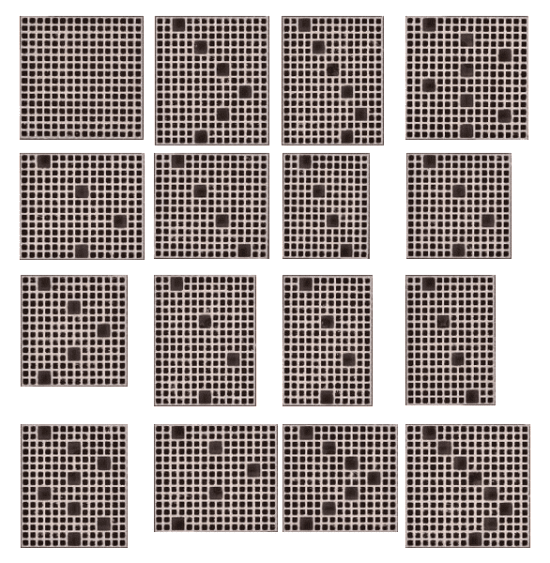The Grant Will Fund Research for Combining Cellular Patterns Inspired by Nature with Simulation and 3D Printing to Make Stronger and Lighter Structures for Space Exploration
What do we like more here at PADT than combining simulation, design, and 3D Printing? Combining those three things for spaceflight applications.
That is what our 16th STTR/SBIR win is all about. Based upon our success with the shorter, first phase of this project, NASA has awarded PADT, ASU, and KSU the second phase of this R&D Project.
The team will work to take bio-inspired lattice shapes and develop tools to incorporate those shapes into the design of structure used in spacecraft. We will also create tools to optimize the distribution of the lattice structure, produce material properties, and verify the simulation results with rigorous testing.
Read more details in the press release below or here.
Also, watch this space for reports on what we learn and information about the tools we will be creating.
If you have the need to do simulation, design, or additive manufacturing, or combine any of those disciplines to create better products or improve your processes, please contact PADT and let’s talk about how we can help.
NASA Awards PADT, Arizona State University and Kennesaw State University a $755,000 Phase II STTR Research Grant
The Grant Will Fund Research for Combining Cellular Patterns Inspired by Nature with Simulation and 3D Printing to Make Stronger and Lighter Structures for Space Exploration
TEMPE, Ariz., December 10, 2019 ─ In a move that acknowledges its excellence and expertise in 3D printing, simulation, design and software development, PADT today announced NASA has awarded a $755,000 2019 Phase II Small Business Technology Transfer (STTR) research grant for it to collaborate with Arizona State University (ASU) and Kennesaw State University (KSU) to enable the development of stronger and lighter structures for space exploration. The objective of the joint effort is to develop a software tool for designing, virtually testing and optimizing strong, lightweight lattice structures for aerospace vehicles. The result of the research project will be a commercial software product that PADT plans to market.
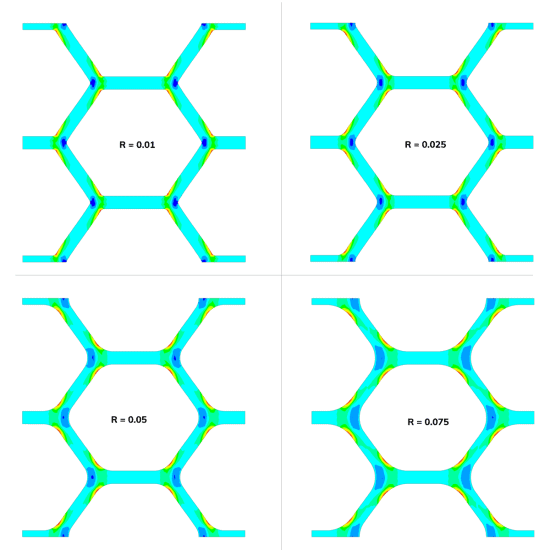
The Phase II STTR grant is a continuation of the original $127,000 Phase I grant awarded to PADT and ASU’s Ira A. Fulton Schools of Engineering in August 2018. This is PADT’s 16th STTR/SBIR grant since the company was founded in 1994.
“We’re proud to win this Phase II STTR because it furthers our coordination with the Fulton Schools and requires the use of our three main areas of expertise: 3D printing, simulation and product development,” said Alex Grishin, Ph.D., consulting engineer, PADT. “As an Elite ANSYS channel partner, we also have the skillset needed to embed our solution in the ANSYS simulation tool, saving a lot of time and effort. Improving aerospace innovation is always an exciting prospect, and our team is uniquely qualified to apply our expertise to develop disruptive technology for NASA.”
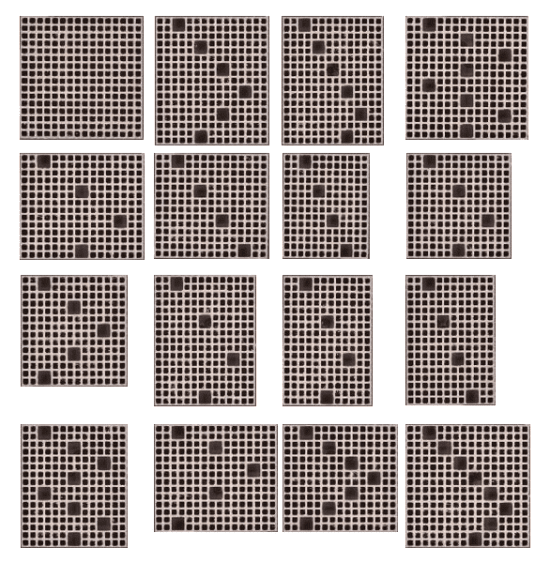
Shapes found in nature, like honeycombs in a beehive, are intriguing to the aerospace community because of their strength and light weight. Additionally, the shape and spacing of these lattice structures do not have to be uniform, and by varying them, the compositions can provide better performance. The challenge PADT, ASU and KSU is solving is how to develop a design tool that combines concepts from density, topology and parameter optimization to generate lattice materials that are aperiodic in nature and do not require a priori definition of cell size. Recent advancements in additive manufacturing will create the geometry specified by the tool and manufacture “bio-inspired” structures with detail to a degree previously not possible.
“ASU has become a leader in the advancement of additive manufacturing and we are continually discovering new ways to solve engineering challenges with this technology,” said Kyle Squires, Ph.D., dean, Fulton Schools of Engineering, Arizona State University. “The NASA Phase II STTR grant allows us to use simulation and 3D printing to explore bio-inspired structures to innovate how NASA designs and manufactures its spacecrafts.”
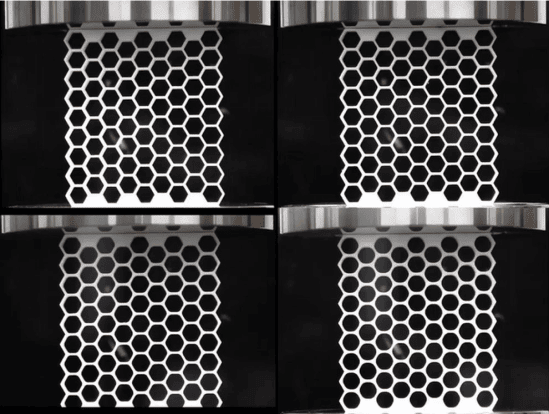
In addition to the software product, the group’s deliverables include cellular material data for inclusion in NASA’s open-source PeTaL platform, data analysis, experimental results, and 3D printed metal demonstration artifacts. The lattice structure design tool itself may allow NASA to design and manufacture high-performance materials, including:
- Heat shields
- Acoustic liners
- Space debris resistant skins
- Lightweight panels
- Conformal, structural heat exchangers
“This research project is a great example of government, academic institutions and the private sector working together to provide practical solutions for the space industry,” said Ji Mi Choi, associate vice president, Entrepreneurship and Innovation, Arizona State University. “We appreciate the opportunity to work with NASA, PADT and KSU as we discover new ways to apply 3D printing and simulation to real-world challenges.”
To learn more about PADT and its advanced capabilities, please visit www.padtinc.com.
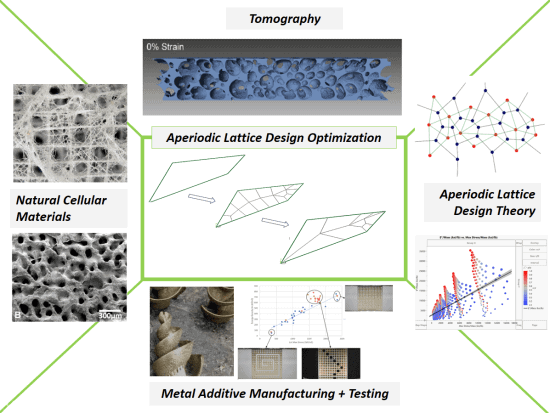
About Phoenix Analysis and Design Technologies
Phoenix Analysis and Design Technologies, Inc. (PADT) is an engineering product and services company that focuses on helping customers who develop physical products by providing Numerical Simulation, Product Development, and 3D Printing solutions. PADT’s worldwide reputation for technical excellence and experienced staff is based on its proven record of building long-term win-win partnerships with vendors and customers. Since its establishment in 1994, companies have relied on PADT because “We Make Innovation Work.” With over 80 employees, PADT services customers from its headquarters at the Arizona State University Research Park in Tempe, Arizona, and from offices in Torrance, California, Littleton, Colorado, Albuquerque, New Mexico, Austin, Texas, and Murray, Utah, as well as through staff members located around the country. More information on PADT can be found at www.PADTINC.com.
About Ira A. Fulton Schools of Engineering
The Ira A. Fulton Schools of Engineering at Arizona State University, with more than 24,000 enrolled students, is one of the largest engineering schools in the United States, offering 44 graduate and 25 undergraduate degree programs across six schools of academic focus. With students, faculty and researchers representing all 50 states and 135 countries, the Fulton Schools of Engineering is creating an inclusive environment for engineering excellence by advancing research and innovation at scale, revolutionizing engineering education and expanding global outreach and partner engagement. The Fulton Schools of Engineering’s research expenditures totaled $115 million for the 2017-2018 academic year. Learn more about the Ira A. Fulton Schools of Engineering at engineering.asu.edu.
# # #
